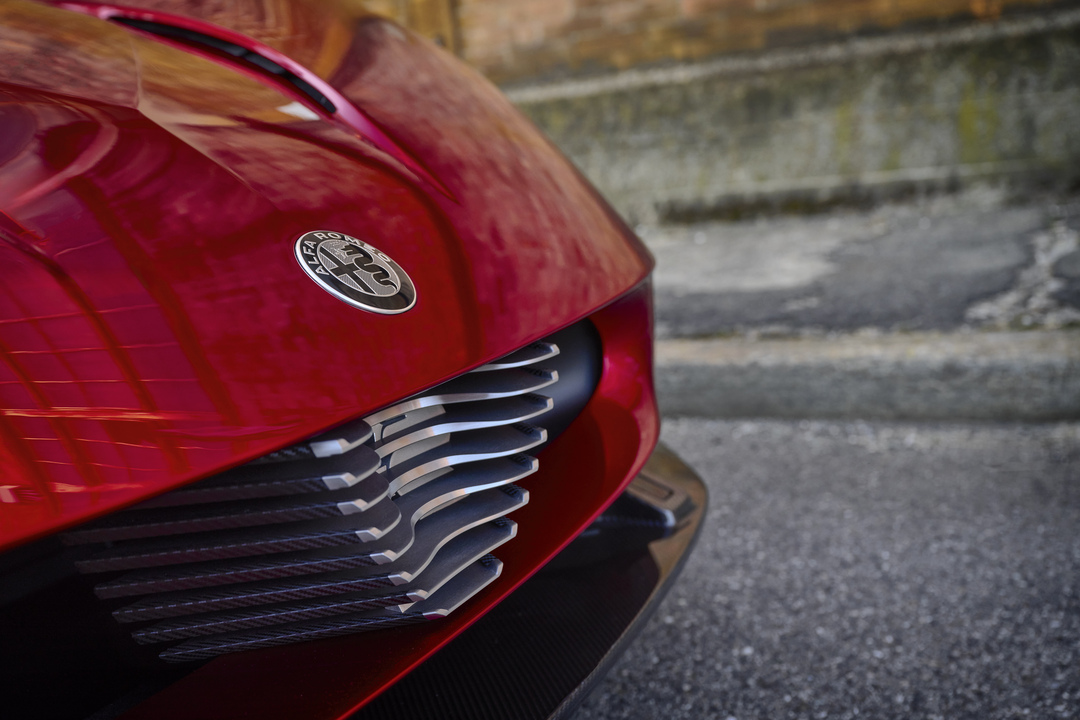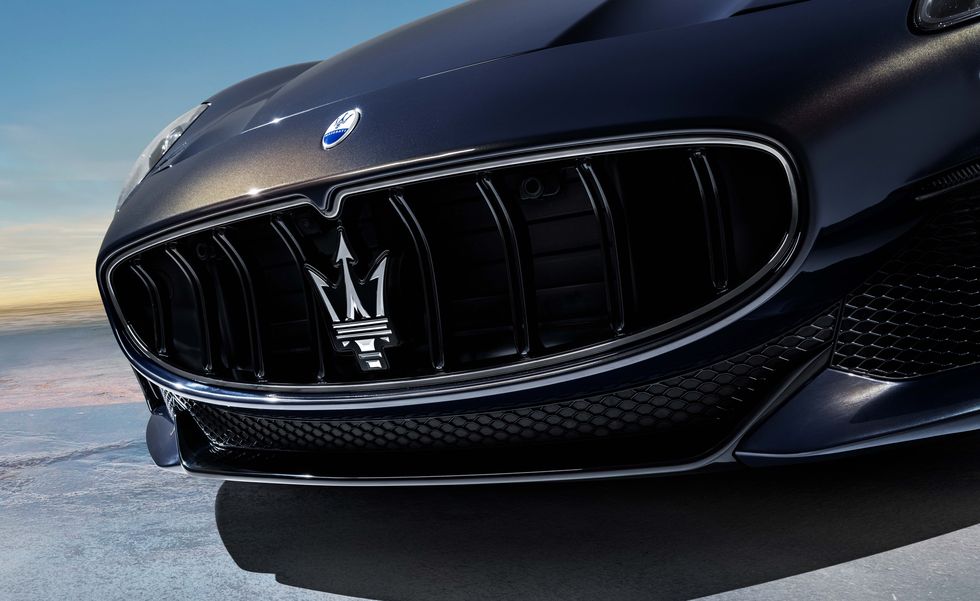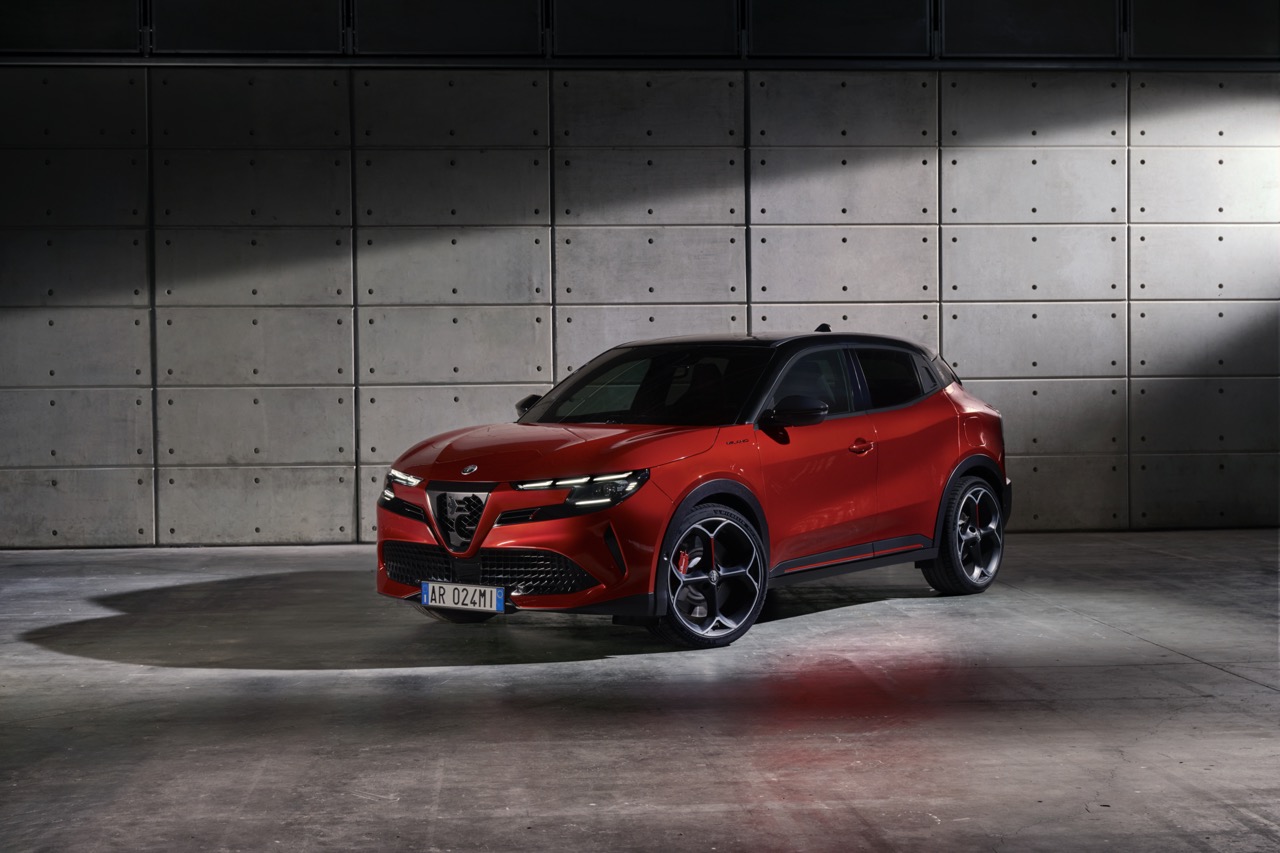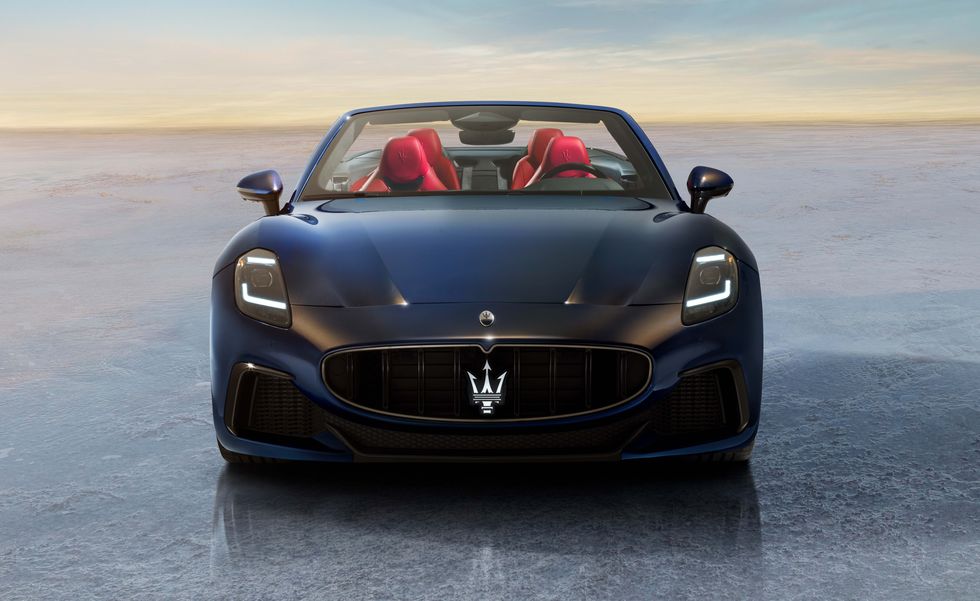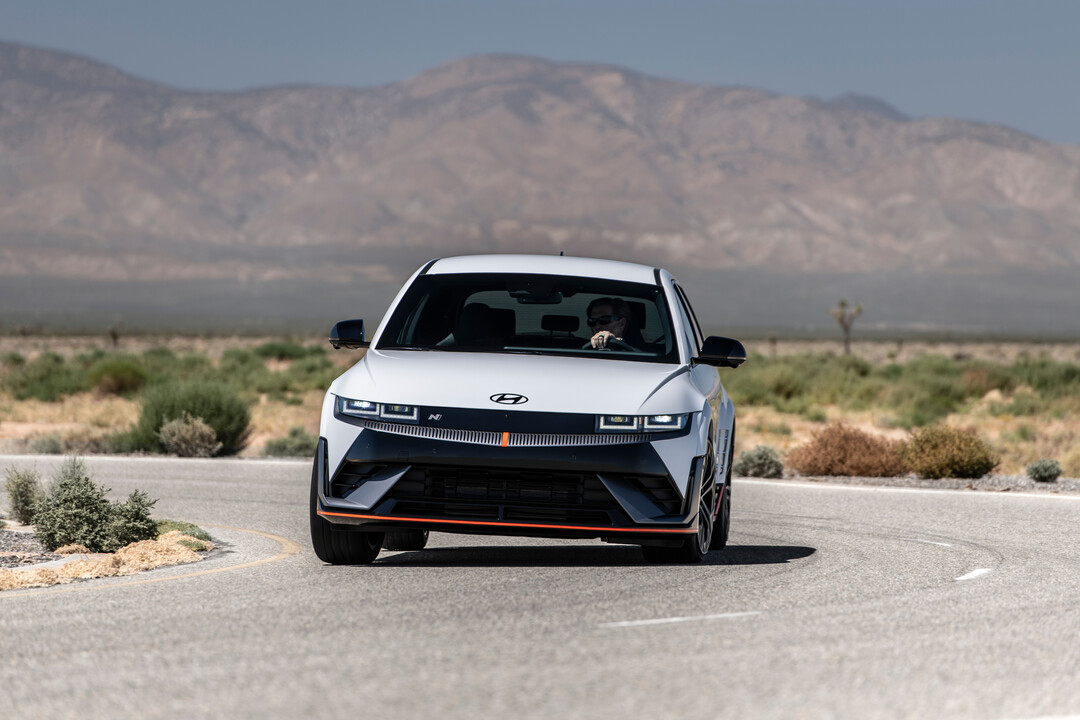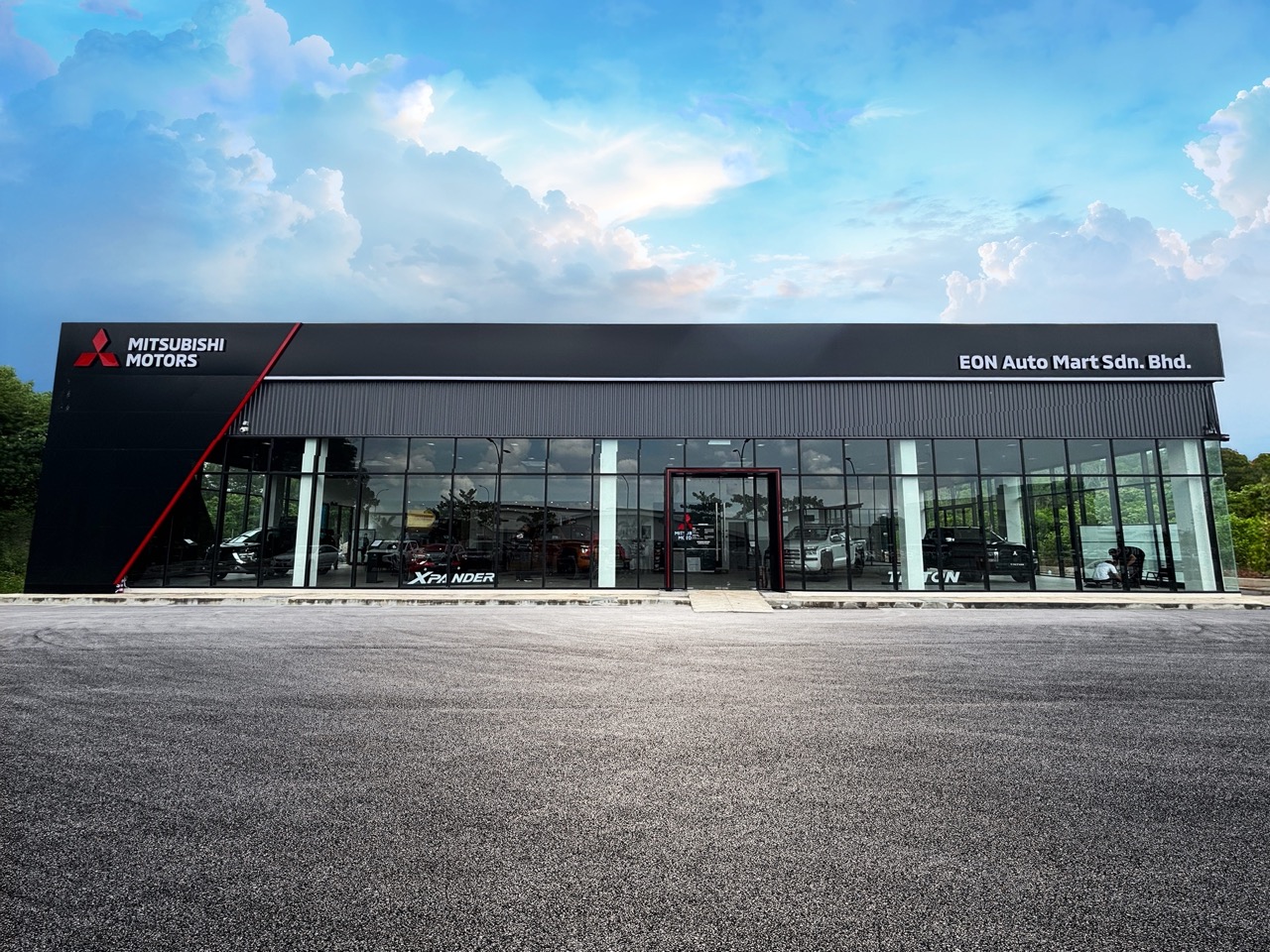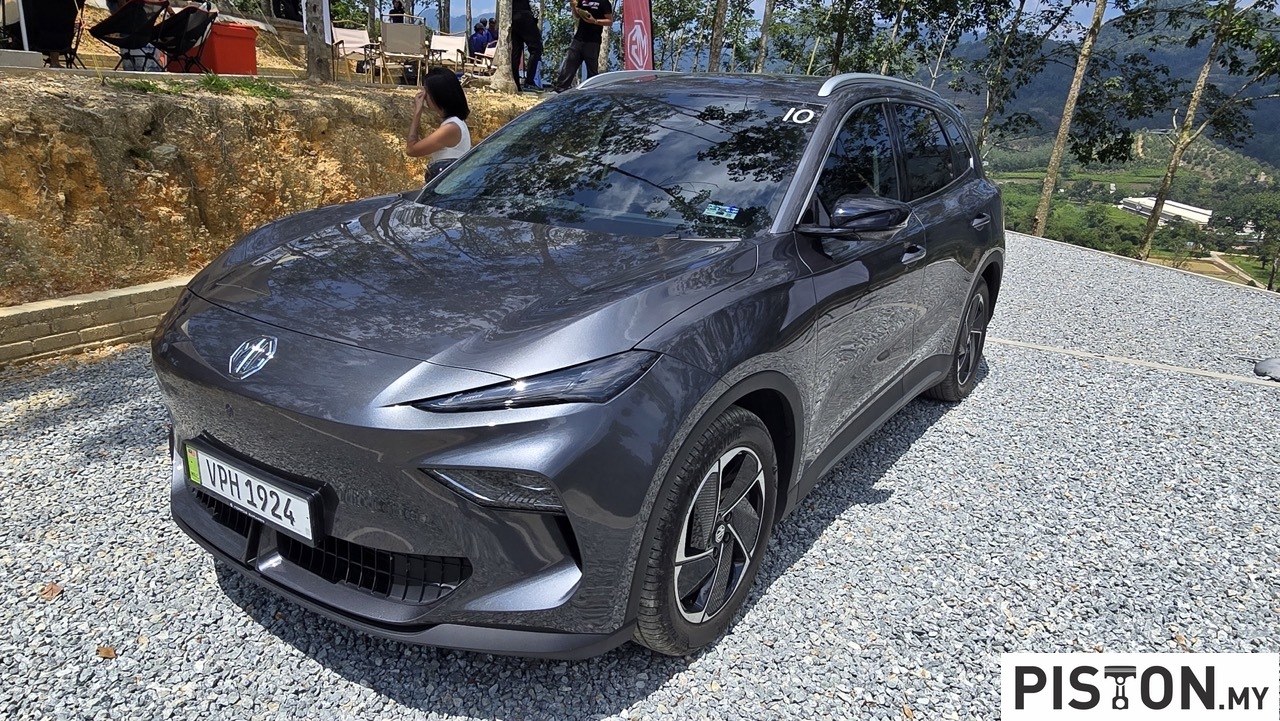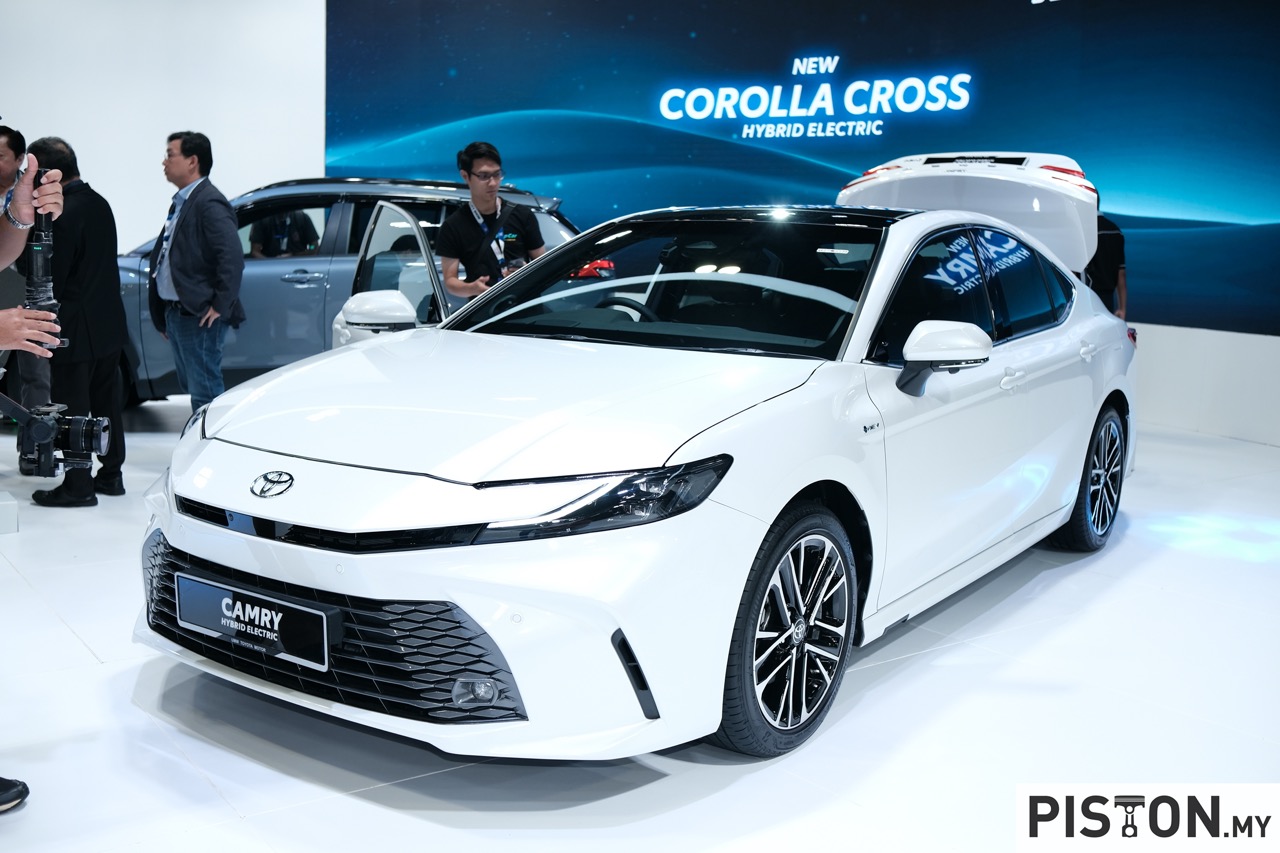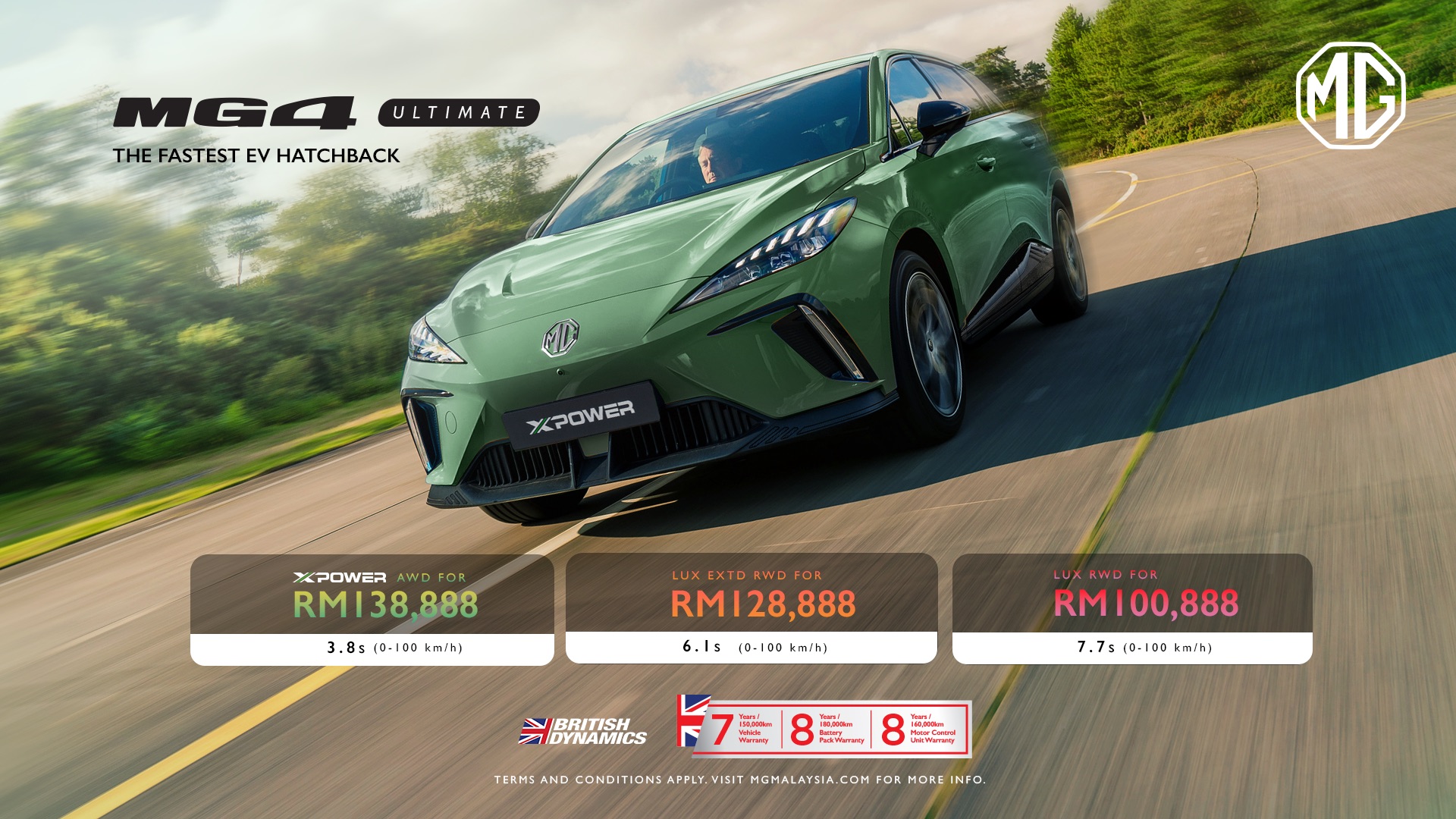Stellantis is poised to announce a comprehensive recovery strategy for two of its most troubled marques, Alfa Romeo and Maserati, in the coming weeks. The plan aims to arrest declining sales and strengthen the competitiveness of the historic Italian brands through increased collaboration, though a full merger is reportedly off the table.
The strategy, which is nearing final approval, will see Alfa Romeo and Maserati seek operational “synergies” across future vehicle platforms and shared components in overlapping market segments. This collaborative approach is intended to streamline development and reduce costs, though each brand is expected to retain its distinct identity.
The move follows persistent speculation about Maserati’s future, including rumours of a potential sale—claims Stellantis executives have continued to deny. At the same time, concerns are mounting over delays to Alfa Romeo’s next-generation Stelvio SUV, a model seen as crucial to the brand’s revival.
Sales figures paint a grim picture. Alfa Romeo posted an estimated 20 per cent decline in sales last year, while Maserati suffered a more severe drop of over 50 per cent, despite launching new products. Compared to their peak years, both marques have seen sales plummet, with Alfa Romeo now selling just half the volume it achieved in 2018.
According to a report from Drive, the Chief Executive of both brands, Santo Filici, has confirmed that a turnaround strategy is in development and awaiting endorsement by incoming Stellantis CEO Antonio Filosa. The plan is expected to be finalised and made public shortly after Filosa assumes his role on 23 June, following the resignation of former CEO Carlos Tavares in December.
Filici explained that the recovery blueprint extends beyond new product rollouts. It will include sweeping changes across vehicle development, corporate structure, dealer networks, and manufacturing operations, particularly at plants in Italy.
According to Filici, Stellantis is not merely revisiting model design but undertaking a broader realignment. This includes evaluating organisational frameworks and refining the geographical footprint of its retail operations. Significant attention is also being given to production infrastructure, reflecting the scale of the challenge.
Stellantis, formed in 2021 through the merger of Fiat-Chrysler and PSA Peugeot-Citroën, had previously granted its 14 constituent brands a ten-year window to demonstrate profitability and long-term viability. Under this policy, underperforming brands would face closure or consolidation.
This strategy came under renewed scrutiny following remarks made by then-CEO Tavares in August 2024, in which he stated that brands failing to generate profit would not be sustained. His assertion that Stellantis “cannot afford to have brands that do not make money” intensified speculation over Maserati’s future within the group.
In an effort to chart a viable path forward, Stellantis has engaged consulting firm McKinsey & Company to assist in developing the strategic plan for both Alfa Romeo and Maserati. The involvement of McKinsey is said to be especially urgent in light of new U.S. tariffs on imported vehicles, introduced under President Donald Trump. The American market remains critical for both brands, accounting for roughly 30 per cent of Maserati sales and 15 per cent of Alfa Romeo’s global volume.
Meanwhile, the next-generation Alfa Romeo Stelvio has reportedly encountered delays due to a shift in the company’s powertrain strategy. Although the production line for the new model is said to be operational, no petrol-powered pre-production vehicles have yet emerged. Initial expectations had pointed to an electric-first launch, but Alfa Romeo is now believed to be reconfiguring the model for a petrol debut instead.
As Stellantis prepares to unveil its rescue plan later this month, the automotive world will be watching closely to see how the parent company intends to revive two of Italy’s most iconic yet embattled automotive marques.

